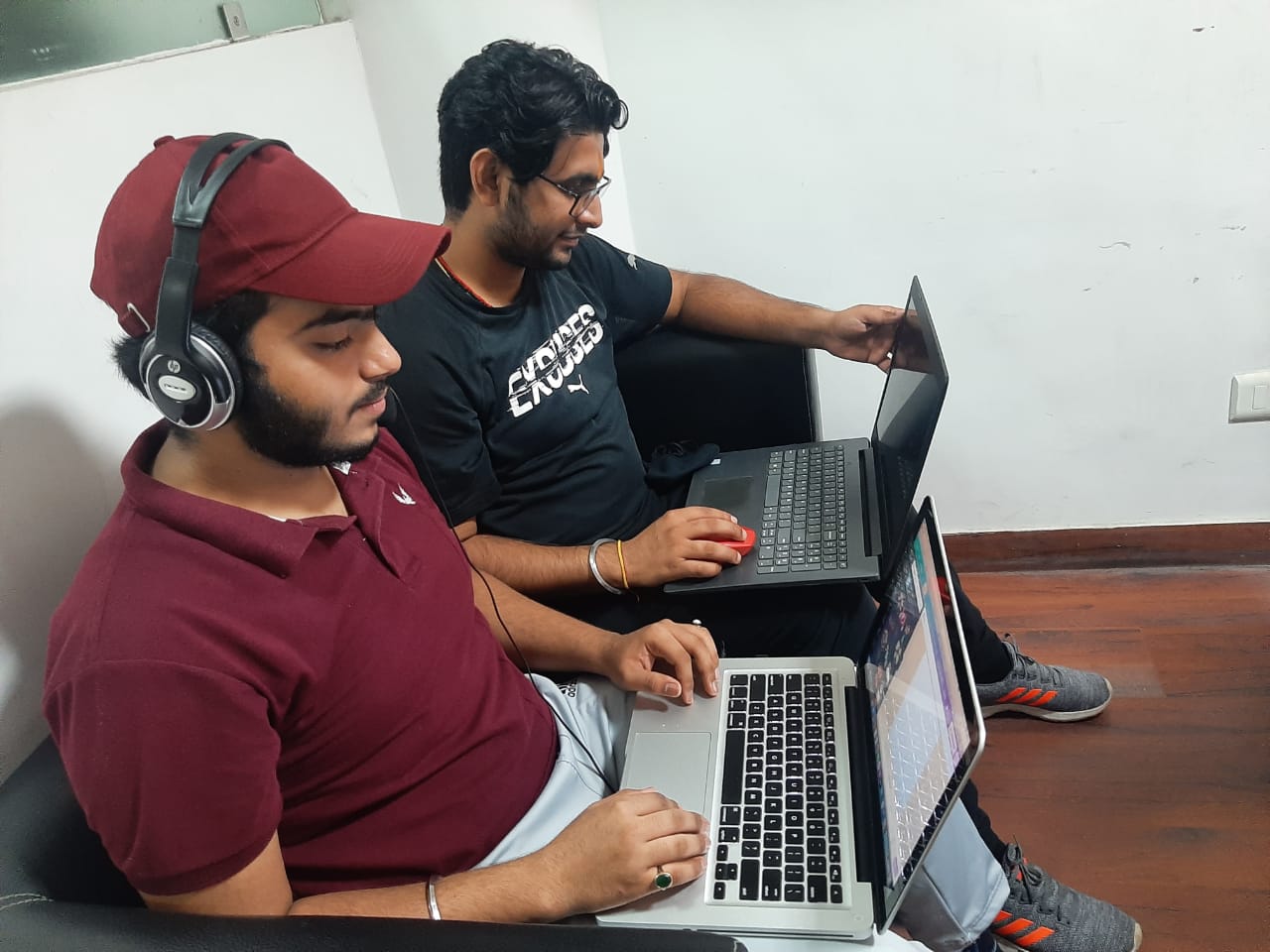Did you know that artificial intelligence implies that all test takers’ results are evaluated by an algorithm, not humans?
PTE Academic is the first entirely a computer-based English language test for international study and immigration that is acknowledged and accepted across the world. Powered by AI technology, PTE Academic provides a fast and convenient testing solution without human biasness or intervention. PTE Academic scores are accepted by thousands of institutions and approved for all UK, Australian and New Zealand visa and immigration categories. Test sessions can be booked and scheduled up to 24 hours in advance, 365 days a year.
Quick Look: Pearson Test of English is a more accurate way of testing non-native speakers who aim to move to English speaking countries. It is recognized by more than 6000 organizations and its acceptance is increasing day-by-day by several universities and immigration department of Australia, UK, USA and Canada. The test is automated and ensures precise scoring. Moreover the format is integrated and has no human intervention.




44d24j